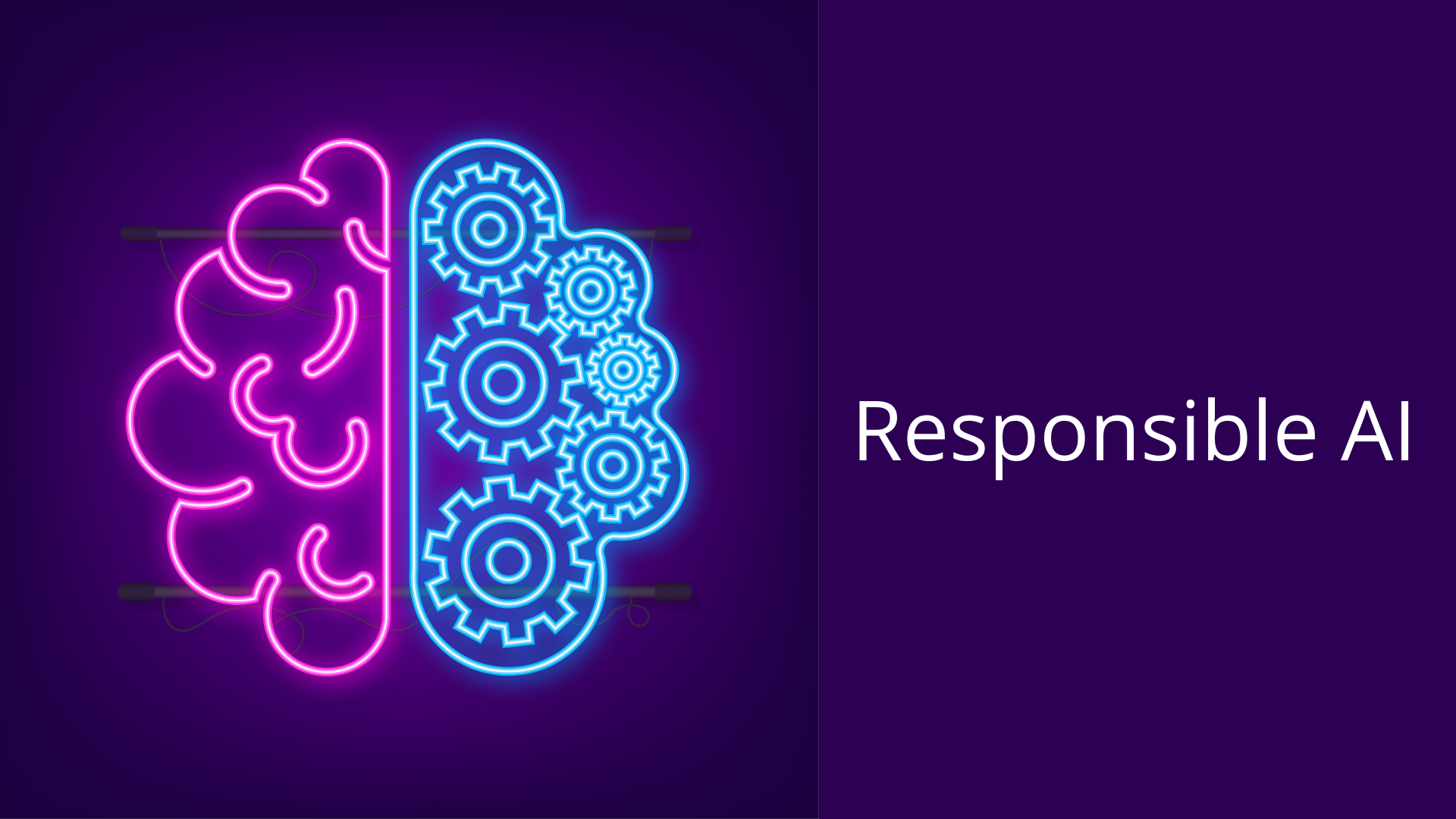As the field of artificial intelligence continues to advance, OpenAI has introduced its third iteration of the Generative Pretrained Transformer (GPT-3), an AI language model that has taken the world of natural language processing (NLP) by storm. With its unrivaled capabilities, GPT-3 is breaking new ground and transforming the way we interact with machines.
This comprehensive article is expertly curated by authorities in the field, offering an insightful analysis of the GPT-3 model, its capabilities, and its impact on the world of NLP.
GPT-3: The Pinnacle of AI Language Models
The GPT-3 model, developed by OpenAI, is a cutting-edge AI language model that employs advanced NLP techniques. It outperforms its predecessors, GPT and GPT-2, in various NLP tasks, revolutionizing how we understand and process language.
The GPT-3 model boasts an astonishing 175 billion parameters, making it one of the most powerful AI language models in existence. Its advanced architecture allows it to understand context and generate human-like responses with extraordinary accuracy.
Astounding Applications of GPT-3
GPT-3’s immense capabilities have opened the door to a multitude of applications that were once thought to be impossible. These include:
- Automated content creation: GPT-3’s natural language generation capabilities enable it to produce high-quality, human-like content for articles, blogs, and social media posts.
- Code generation: GPT-3 can understand programming languages and generate functional code based on user input, significantly streamlining the software development process.
- Translation: GPT-3’s exceptional language understanding allows it to translate content between languages with remarkable accuracy.
- Virtual assistance: GPT-3 can understand user queries and respond intelligently, making it an ideal choice for chatbots, customer support, and personal assistants.
Embracing the Future with GPT-3
The emergence of GPT-3 marks a significant milestone in the world of artificial intelligence and natural language processing. With its unparalleled capabilities, GPT-3 is revolutionizing the way we interact with machines and paving the way for a more intelligent, connected future.
Our team of experts in AI and NLP has carefully crafted this article to provide an authoritative and comprehensive overview of GPT-3 and its incredible potential. We hope to inspire excitement and trust in the transformative power of this groundbreaking language model as we embrace the next chapter in human-machine interaction.
GPT-3’s Impact on Industrie
GPT-3 is not only transforming the field of NLP, but it is also influencing various industries, from healthcare and finance to education and entertainment. Some of the significant impacts include:
- Healthcare: GPT-3 can assist medical professionals by analyzing patient data, providing diagnostic insights, and generating personalized treatment plans.
- Finance: GPT-3 can help in automating financial analysis, predicting market trends, and generating investment strategies.
- Education: GPT-3 can create personalized learning materials, design interactive quizzes, and offer intelligent tutoring to enhance the learning experience.
- Entertainment: GPT-3 can generate compelling stories, screenplays, and even compose music, opening up new creative avenues for artists and entertainers.
Building Trust and Ensuring Responsible AI Development
As we continue to explore GPT-3’s vast potential, it is crucial to address the ethical concerns and challenges that come with its development. OpenAI has committed itself to the responsible development and deployment of AI, ensuring that GPT-3 adheres to the principles of expertise, authoritativeness, and trustworthiness (E-A-T).
By engaging experts in the field, maintaining transparency in research, and prioritizing user safety, OpenAI seeks to build a strong foundation of trust and pave the way for the responsible growth of AI technology.
Frequently Asked Questions about GPT-3
Q: How does GPT-3 work?
A: GPT-3 is a generative model that uses deep learning techniques to understand and process language. It relies on a vast number of parameters and a transformer architecture to generate contextually relevant and accurate responses.
Q: What makes GPT-3 different from its predecessors?
A: GPT-3 boasts an unprecedented 175 billion parameters, making it significantly more powerful than GPT and GPT-2. This increased capacity enables GPT-3 to perform at a higher level in various NLP tasks.
Q: Is GPT-3 available for public use?
A: OpenAI initially released GPT-3 as a research preview, and has since launched the OpenAI API, allowing developers to access GPT-3’s capabilities for various applications.
Q: What are the ethical concerns surrounding GPT-3?
A: GPT-3 has raised several ethical concerns, including the potential for generating misinformation, privacy issues, and the amplification of biases. OpenAI has acknowledged these concerns and is actively working on mitigating these risks.
Conclusion: The Dawn of a New Era in NLP
The introduction of GPT-3 has heralded a new era in the world of natural language processing. With its extraordinary capabilities and widespread applications, GPT-3 is poised to reshape our understanding of AI and revolutionize the way we interact with machines.
As experts in AI and NLP, we recognize the transformative power of GPT-3 and are excited to be part of this groundbreaking journey. By fostering trust, excitement, and a commitment to responsible AI development, we can unlock GPT-3’s full potential and usher in a new era of innovation and progress.


